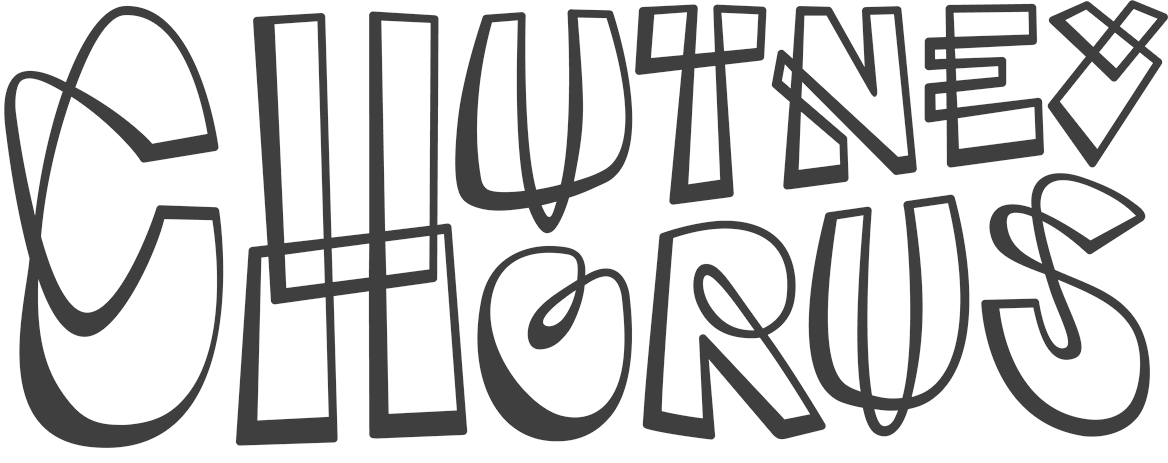I’ve just come to the end of a heavy week of artworking and realised the differences between ‘design’ and ‘artwork’ aren’t made clear by us designers, despite the fact they’re both crucial steps in the design process. Allow me to fill you in.
Here are the stages a typical design job goes through:
- Client brief
- Design proofs (usually around four)
- Client sign-off
- Artwork
- Job sent to press/repro house
Broadly speaking, design is the creative stage and artwork is the technical stage. (There’s often some overlap but for simplicity’s sake I’ll keep them separate). You could compare the design stage to making sketches. They give a good feel for the final look but aren't finished. Or perhaps they’re more like movie façades – from a distance they look great but under close scrutiny they’re insubstantial. Try to send a design proof to print before it’s been artworked and your repro house will either refuse the job, or charge you extra to sort out the mess. Why does this matter? It could cause the things that clients and designers fear the most: delays, going over budget, a missed launch date and maybe worst of all, damage to the brand.
Here’s a fictional example of how a design and artwork file can differ.
Left form bad, right form good. The fonts and alignments on the left form are horribly inconsistent. The artworked form on the right is not only tidier, it's easier to understand.
To stay on safe shores, artwork has to be spot-on. My own preference is to do artworking out-of-hours. This is when I know my client is tucked up at home and I can get on without being disturbed. Artwork involves getting around a dozen tasks ticked off a list, some more time-consuming than others. They might include re-touching and cutting out images, doing a final spellcheck, checking consistency of fonts, aligning elements across multiple pages, checking colours and generally using a clinical eye which, after an intense day of coming up with design ideas, can actually be quite soothing.
Before I became a designer, I was an artworker. Anyone who seeks perfection and likes to spend their days doing something where it can (almost) be attained would do well to choose a career in artworking. True, you don’t get to make many design decisions, and you’re firmly backstage but its importance can’t be overstated. During my artworking years I freelanced in over thirty design studios and advertising agencies around London, from the major to the minor. One of the most memorable jobs I had was re-touching a leading brand of dog food. The brief was: can you make the pile of chunks higher? Can you add some carrots? Now create a cast shadow from the pile of chunks over the pile of carrots etc. Not very glamorous sure, but really crucial. Cut corners at this stage and the integrity of your brand can be seriously undermined. Who wants to buy products with an unprofessional finish? Your customers will see you as sloppy if your artwork is sloppy and you can say goodbye to your hard-won place in the market.
I’m a little evangelical about artwork as you can probably tell … I care about it just as much as I do about design. Not only am I a compulsive proofreader (Mike says I can spot a typo from 20 feet away) but I also compulsively check artwork too. Occupational hazards I guess … Dodgy cut-out images and misaligned text make me shudder. Here’s a couple of my favourite howlers that I look at whenever I need perking up. They remind me that close detailed work is worth it. (I’ve blurred the faces and details to save embarrassment). And yes, that really is a leaflet with no text content and just a background image … incredible. Not only did it make it through the printing press but it was also distributed – we received this copy through our front door.
Are these unfortunate people being chased by bees?
Where has all the text content gone? The little text there is includes well-known words like '&' used several times.
A picture doesn't always paint a thousand words ... sometimes you need actual words for that.
In conclusion: never scrimp on your artwork. It could be the difference between the ridiculous and the sublime.
(post by Tanya)
